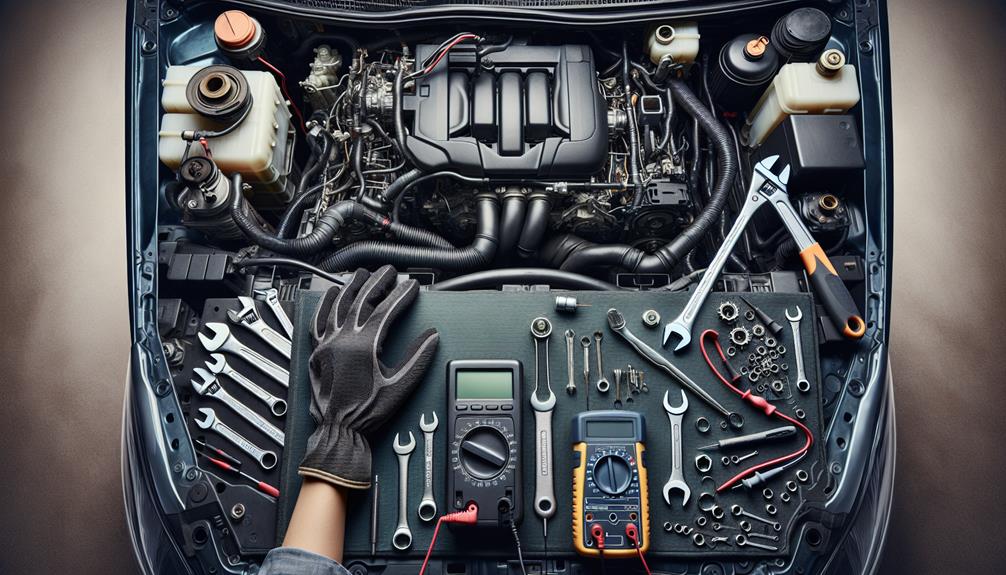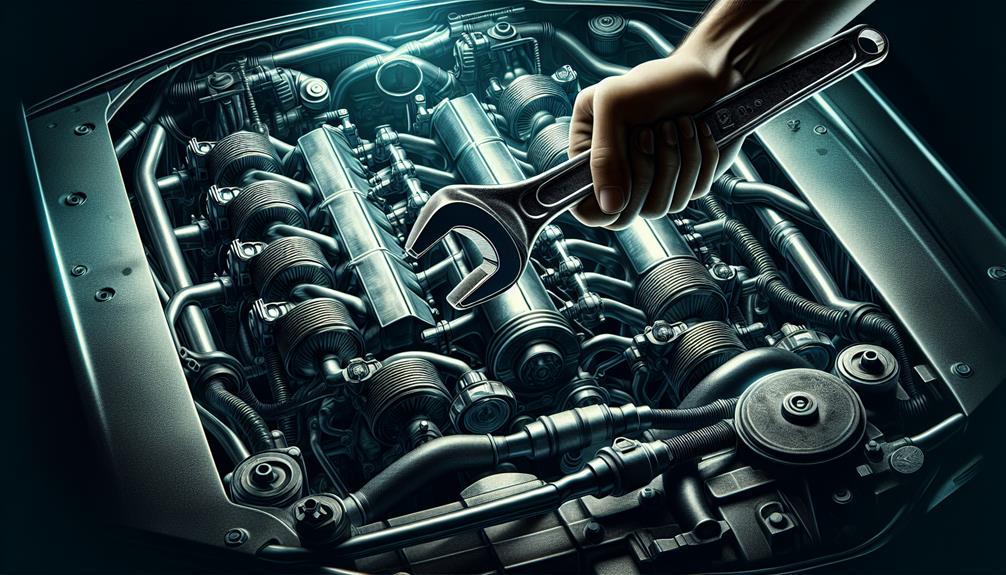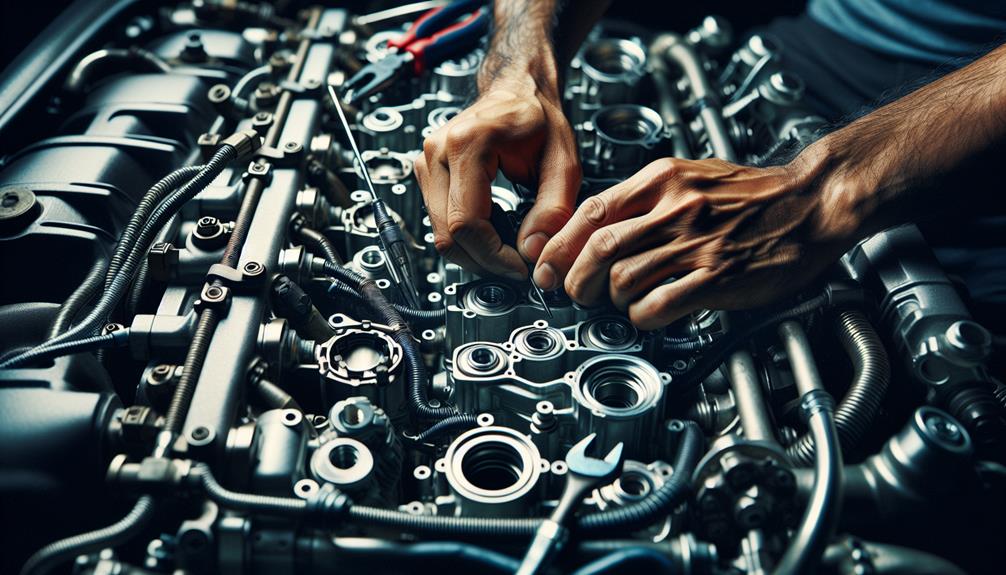
Auto Repair 101: The Complete Guide to Engine Services and Maintenance
March 8, 2024
From Pistons to Valves: Auto Mechanic Insights Into Engine Components
March 11, 2024Ironically, if your heart were as complex as an engine, you’d probably be a cyborg. But since you’re not, let’s demystify that hunk of metal under the hood.
As an auto mechanic, you’re already familiar with the crude basics: the engine is the heart of the car, the oil is its blood, and the spark plugs are its neurons. But there’s more to it. Each component plays a significant role in the symphony of combustion, from the silent valve lifters to the roaring exhaust manifold.
So, buckle up, because we’re about to embark on a journey through camshafts, crankshafts, and everything in between. Trust me, once we’re through, you’ll be able to diagnose engine issues like a pro, and who knows, you might even develop a newfound appreciation for this mechanical marvel. So, ready to dig in?
Understanding Engine Basics
Before you can dive into the intricacies of engine repair, you’ve got to grasp the basics of how an engine operates. Think of it as the heart of your vehicle, pumping life into every component. It’s a complex assembly of parts, each with a specific function, all working in harmony to convert fuel into motion.
You’re looking at four main stages: intake, compression, combustion, and exhaust. This is known as the four-stroke cycle. Fuel and air enter the engine during the intake stage, then they’re compressed and ignited, pushing the pistons down and turning the crankshaft. Finally, the exhaust gases are expelled.
Understanding these basics is key. It’s your first step into a larger world, where you’re not just a driver, but a part of the vehicle’s life.
Detailed Breakdown of Engine Parts
Diving deeper into the heart of your vehicle, let’s dissect the individual components of the engine, understanding their roles and how they contribute to the overall performance of your auto mechanic.
– Cylinder Block: The core of your engine, housing several key components.
– Pistons: These move up and down in the cylinders, compressing the air-fuel mixture.
– Crankshaft: Converts linear piston movement into rotational motion.
– Cylinder Head: Sits atop the block, containing the combustion chambers.
– Valves: Control the intake of air-fuel mix and exhaust gases.
– Spark Plugs: Ignite the air-fuel mix, starting combustion.




